Art everywhere
There
are few better ways to discover a place than through its popular art. In
Bangladesh, some of the nicest artistic stuff is very accessible. It’s on
display on the country’s roads, where rickshaws, autos and trucks are decorated
in a beautiful manner. The bottom picture shows something else: a sculptor
making traditional Hindu figurines in a small village outside Faridpur in
central Bangladesh.
Baul music
Baul is
a musical tradition that can be found in both India and Bangladesh. The
music, which is played by a group of singers/musicians called fakirs, is fascinating and
deeply spiritual. Lalon Fakir, a mystic who lived in the 19th century and
called himself a fakir,
is the most important player of baul (although the musical genre was there
before his days). Lalon Fakir’s teachings transcend traditional Hinduism and
Islam, which makes him an important figure for people regardless of religious
belonging.
Civil society
Bangladesh
has made a quite impressive journey during
the past decades. Life definitely remains simple, even rough, for many people
in the country, but the change from before is big. In ten years time, between
2000 and 2010, poverty levels went from 49% to 32%. Education has improved a
lot, and there are more children than ever before in school. Life expectancy
has jumped as well: from 59 years in 1990 to 69 years in 2010. Bangladeshis now
live four years longer than Indians across the border, who are twice as rich.
Much of this is courtesy to Bangladesh’s civil society, which is innovative,
hardworking and does much of what the state is neither able nor willing to do.
Dhaka
So
many things can be said about the Bangladeshi capital. It’s crowded, polluted,
noisy and impossible to get around. It’s growing super fast and receives lots
of rural work migrants each day. But it’s also a fascinating place. The
streets are never-ending, the alleyways lead to curious places, the markets are
filled with anything and everything. And it’s inhabited by some of the
most friendly, helpful and generous capital-dwellers I’ve ever come across.
Somehow, there is as much love as there is non-stop activity.
Entrepreneurship

With a population of over 160 million, sharing a small geographical space which lacks in infrastructure and facilities, Bangladesh is a place where opportunities are created by people themselves rather than made available by others. Finding ways to do that requires a lot of inventiveness and imagination, and creating things with very few resources.
Fanciful, kitschy visuals
Mosques,
popstars, holy people, colorful portraits. You will not be bored.
Girls
Bangladeshi
girls – like girls everywhere – deal with a whole different kind of social
pressure than boys do. They are often married off early and face more restrictions
than their brothers and male friends. Much of public space remains
male-dominated territory, and men in general have much more power and influence
than women. But things are changing. Much of Bangladesh’s development has been
female-driven, and women are increasingly influencing decision-making, both
inside and outside the family. The country’s schools now have more girls than
boys – a reverse of earlier patterns. These are the girls of the future.
Houses made from stone
In
pastel colors.
Intensity
Intense.
I guess there’s simply no other way for a country that’s the most crowded
in the world (barring city-states like Singapore, Hong Kong and Monaco). The
top photo shows the view from the window of a young guy who lives in one of
Dhaka’s most cramped neighborhoods, a “camp” for refugees who fled India during
partition back in 1948. His room is a small space, right on top of another room
where his mum, dad, sister and brother sleep. Being the oldest in the family
and working, he’s lucky to have a room for himself. Facing their home across a
narrow alleyway is another set of small rooms, belonging to another family.
Right next to them, two other families. The alley in between functions as
kitchen, hallway and extra storage for them to share. The second photo is from
a market in central Khulna; the bottom three are from the streets of Dhaka.
Jessore
Jessore
took the “J” for two reasons. First, it’s the first town you arrive to when
traversing the India-Bangladesh border. It makes a nice place to say hello to,
especially if you’re staying at the place that makes the second reason: Banchte Shekha, an NGO
working for rural women and run a lovely guesthouse on the outskirts of the
city.
Kichuri
Bangladeshis
love their meat. They really do. If you have a piece of meat, however small it
is, you put it in the pot. One dish that usually (but not always) is spared the
meat treatment is kichuri: a simple but ingenious dish made from rice and
lentils. There are very few things that beat eating (with your hands, there’s
no other way) a plate with warm kichuri in the morning, at a small communal
table overlooking the street life outside.
Lungi
Wear
it however you want, whenever you want.
Meetings, random ones
If
you visit Bangladesh from abroad, there’s a big chance that your typical day
will look like this: Get up, put on your sandals, step outside. Within a minute
or two, you’ve met someone on the street who wants to talk to you (using
Bangla, broken English, perfect English, body language – whatever). Often, this
someone is up for helping you out, inviting you over, hearing about your life,
sharing stuff about her/his own life. Then, the next person you meet: the same.
And then the same. And…
No waste
This
consumerist idea that things in general have very little value and should be
replaced as soon as possible with a new version or better model or different
product – if you don’t buy into that (or you have a feeling you shouldn’t buy
into that anymore), Bangladesh is the place for you. If you didn’t reflect on
your own use of the world’s resources before, you will start to.
Open office
Many
workplaces in Bangladesh are a bit like that free software: open. Open in the
sense that you can pass by, stop for a moment, talk to people and see what
they’re doing. Big offices and commercial businesses are different of course,
but many small enterprises are in direct connection with the outside (and you
can be in connection with them).
Photography
Bangladesh
has a rich tradition of photography, which in recent years has emerged as one
of the most popular visual means of expression in the country. Much of that is
the credit of Shahidul Alam who runs a number of projects since the 1990s. Chobi Mela, the first
photo festival of its kind in Asia, was first organized in 1999/200; since
then, it has been on every other year in Dhaka. This year, the theme was Fragility. The
image above shows an outdoors exhibit of B.S. Shivaraju’s photographs of an
Indian street performer dressed up as Gandhi.
Quays
If
Bangladesh has a body, rivers are her veins. Rivers crisscross the country from
north to south, and make important routes of connection, traffic and
transportation. Most towns and cities, even the smallest villages, have their
own quays, launch
ghats, to where boats arrive and depart. Passing time at
them is great.
Rickshaws
If
boats are the way to travel on Bangladesh’s rivers, rickshaws are the means to
move around its urban streets. The streets of Dhaka and other cities are full
with the three-wheeled, man-powered (there are no, or almost no, women drivers)
bikes that transport all sorts of people: commuters, school kids, families and
office workers. The decorated bikes have a seat in the back for two (or for
heavy boxes, bags of rice or bundles with whatever you need to transport); the
drivers are impressively strong and hardworking. And fearless – the first
requirement for anyone working on Bangladesh’s roads.
Scarves
The
single most useful thing for Bangladeshi winters is the warm scarf. The thin
and summery ones are nice too!
Tagore
The
19th century poet, author and musician Rabindranath Tagore is probably
Bangladesh’s #1 national symbol (even though he was born and spent much of his
life in the part of the Bengal that today belongs to India). 100 years ago, in
1913, he became the first Asian to win the Nobel Prize for Literature. He is
also the only person to have written the national anthem for two countries,
both India and Bangladesh. His family was rich and influential and owned houses
in many locations, one of them is a beautiful spot called Shelaidaha,
in rural Kushtia.
Unexpected things
The
old railway station in Khulna. Beauty products and a casette tape in a
shopwindow in Dhaka. A boy playing an arcade game (which I remember very well
from being a kid in the 1990s). A girl walking home in rural Barisal.
Vegetables
As
meat-loving as they might be, Bangladeshis also grow fantastic vegetables. Your
standard fare in any small eatery is shobji,
Bangla for “vegetables”. It’s usually a very simple dish with mixed vegetables
and chili cooked in. When good, it’s excellent.
Water
Water,
everywhere. And it’s not even the monsoon!
Yoga on the roof
But
Y does, and it has to be for yoga. In Bangladesh, there’s no better place for
yoga than the rooftops. You’re close to the sky, you’re overlooking the
surroundings, you’re in your private space but still part of the city around
you.
Zen
Bangladesh
is intense, but it’s also zen. Zen as in connecting to what is inside, what is
unsaid, what is shared. I don’t know how, but there’s something with the energy
that lifts you up, grounds you and makes it very hard for you not to keep
smiling.
Courtesy: http://www.atjenny.com/2013/06/21/from-a-to-z-what-to-love-about-bangladesh/























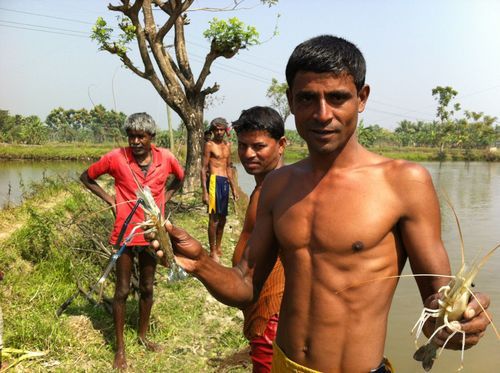
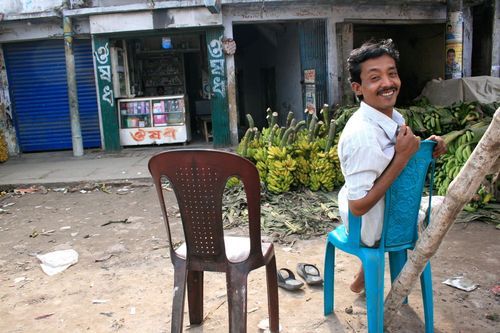
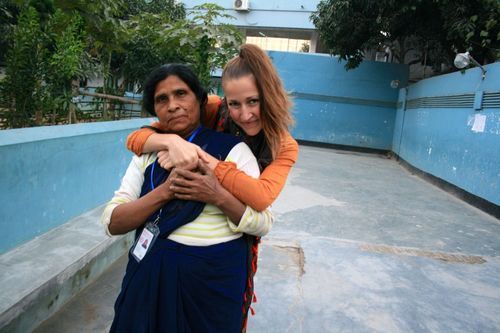
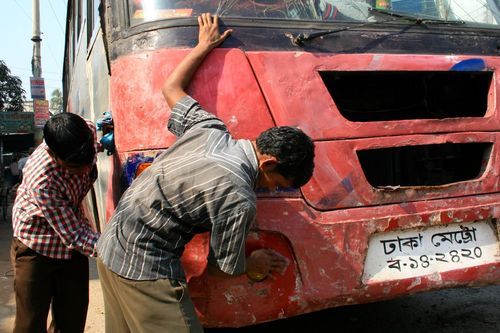
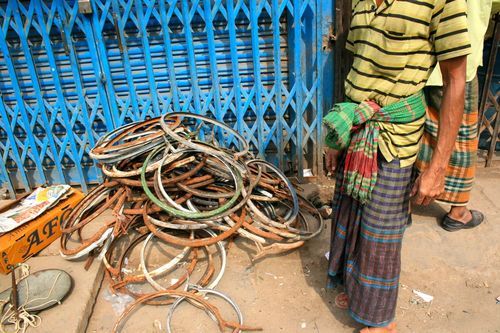
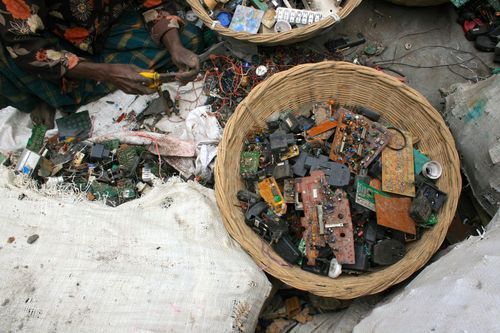
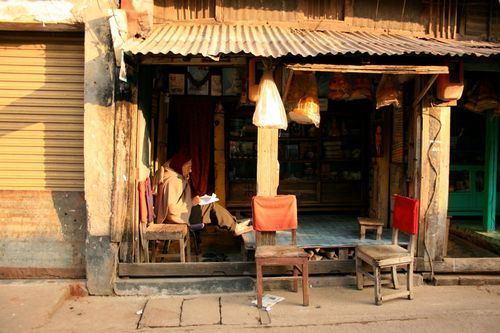

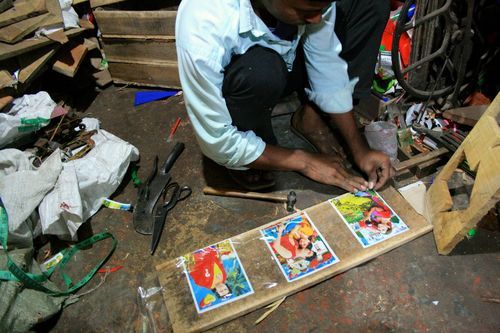
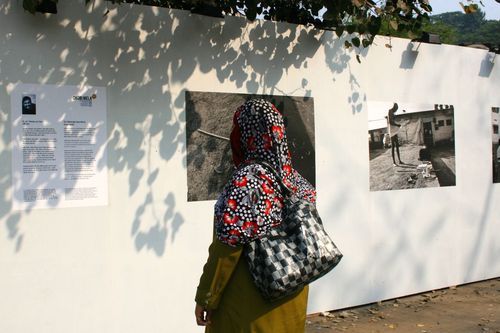
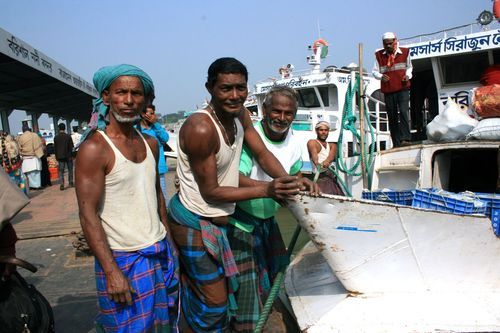
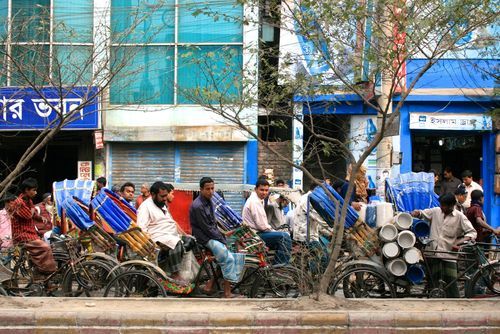
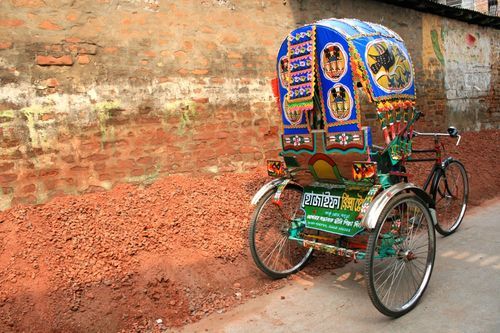
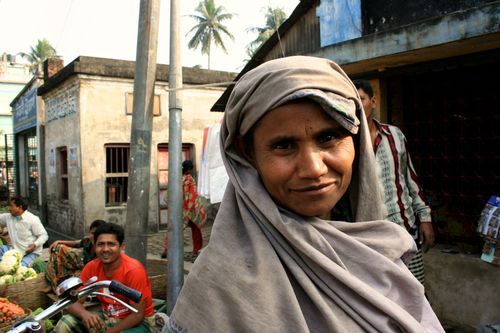
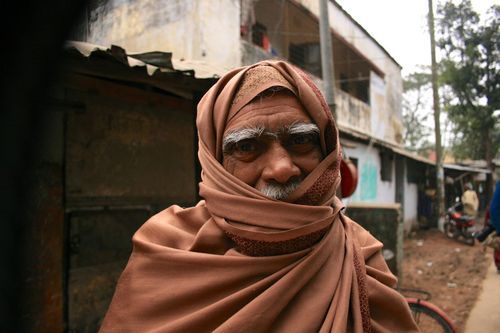
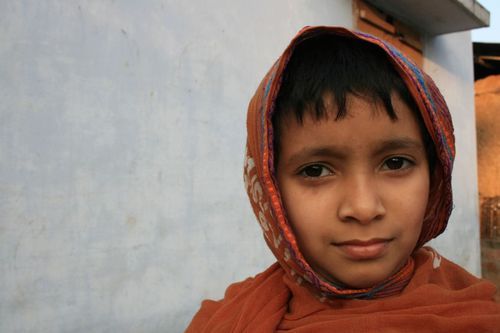
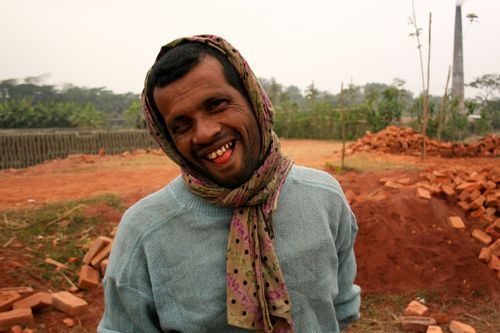
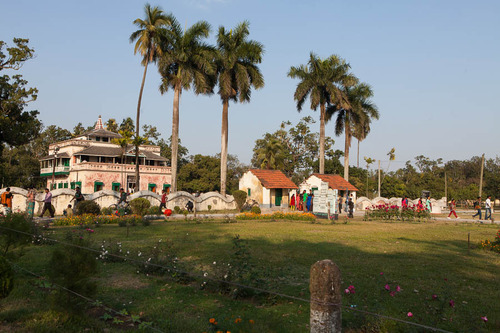
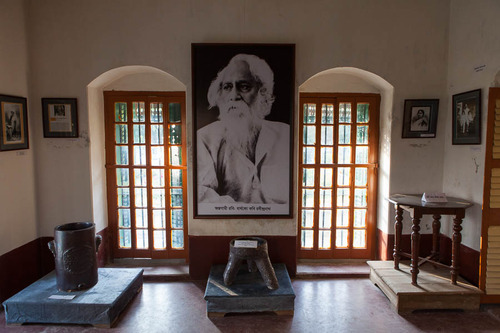
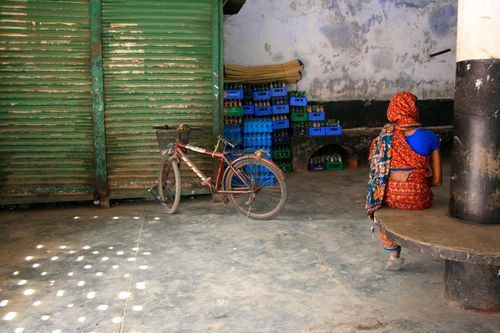
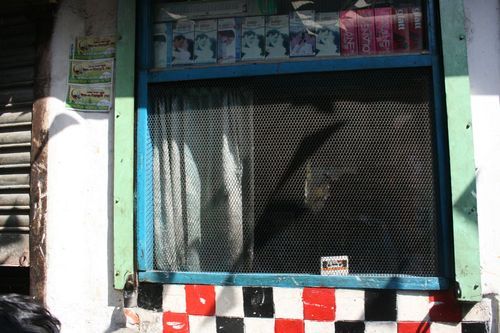
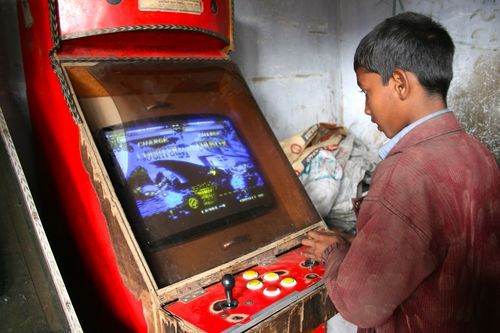
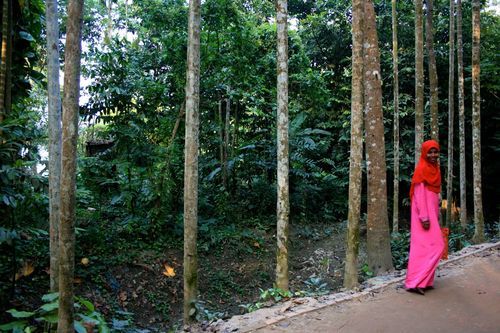

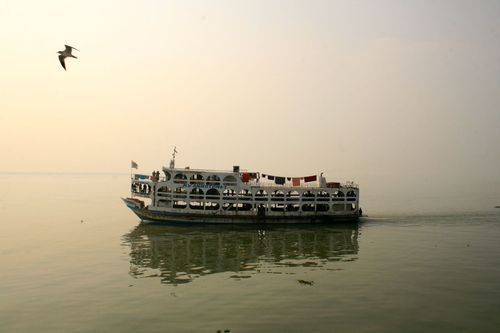
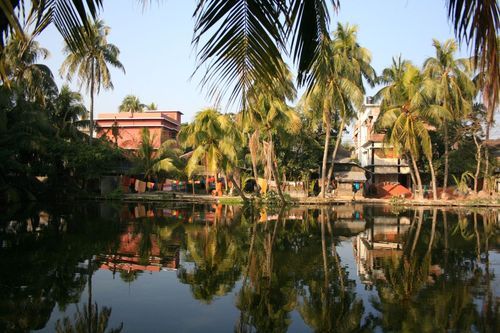


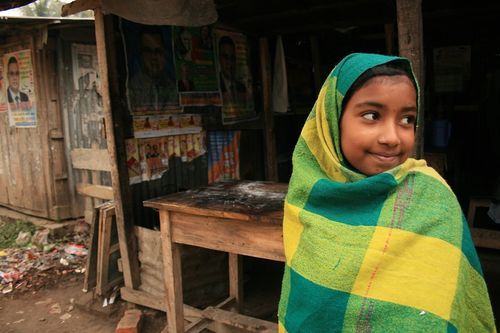
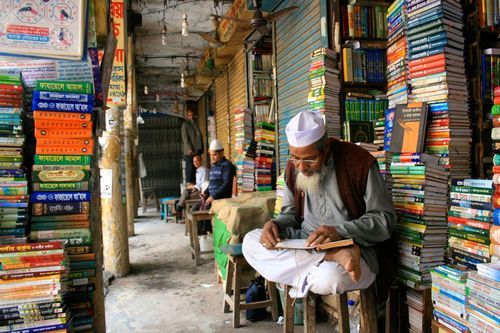
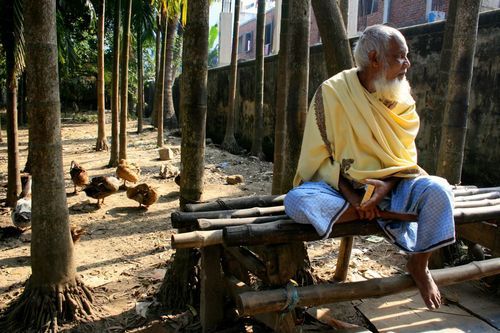
কোন মন্তব্য নেই:
একটি মন্তব্য পোস্ট করুন